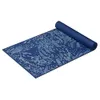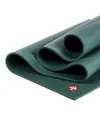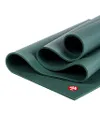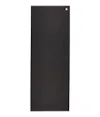I tried 50 plank hip dips every day for a week — here's what happened
One move, no equipment to build a stronger core
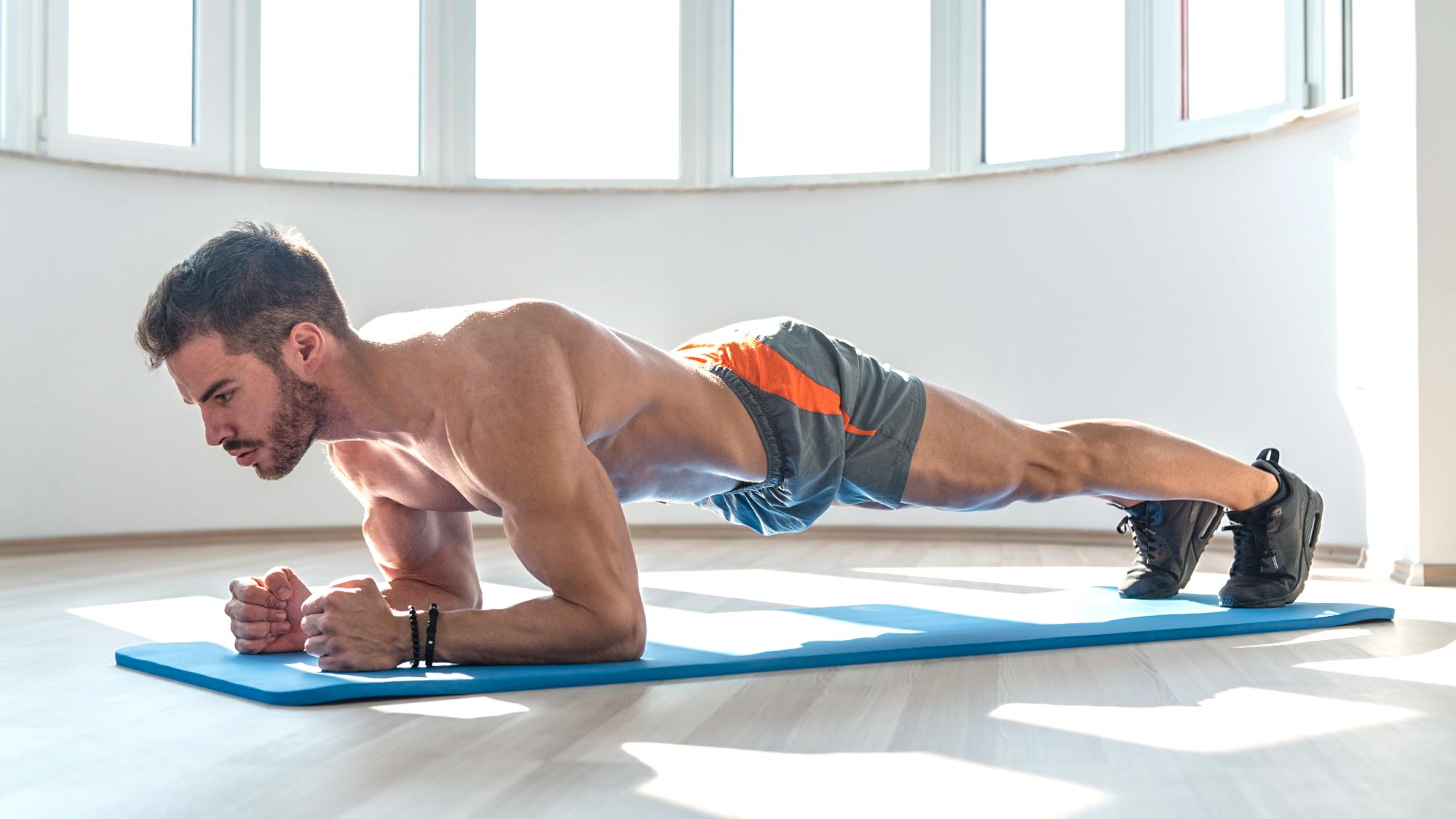
The Guinness World Record for the longest time in an abdominal plank was set in May 2023, when Josef Salek from the Czech Republic maintained the position for a mindboggling nine hours, 38 minutes, and 47 seconds.
I can last for about two minutes, but boredom sets in long before that, which is why I welcome the many plank variations you can try. But I had never come across the plank hip dip. So, I decided to give it a try and aim for 50 repetitions each day for a week. Here's what happened.
What is the plank hip dip?
The basic plank is a (technically) simple and extremely popular move for strengthening your core and lower back. While sit-ups and crunches look dynamic, they can be hard on the back if performed with bad technique — which is far more common than you might think — so for many people, the plank is a safer option.
And, according to research published in the journal PLoS One, a strong core is vital for your physical stability, for helping to prevent or reduce lower back pain — which is why many of the best exercises for lower back pain target your mid-section — and for walking proudly upright.
The forearm plank, the most common, targets the rectus abdominis (which creates that sought-after six-pack look), the transverse abdominis (the deepest of the abs muscles), as well as the obliques (side abs), but the hip dip option is designed to really put those obliques to work.
How to do the plank hip dip
- Begin in the plank position. Start with the forearm plank, rather than the high plank, which is harder. Your elbows should be directly beneath your shoulders and, with your core and glutes engaged, your body should form a straight line from your head to your heels. Your feet should be hip-width apart, for stability. Bringing them closer together will make the move more challenging.
- Slowly rotate your hips to one side, until they are as close to the ground as you can comfortably manage. Do not relax your core or drop your hips to get closer.
- Hold for a second, then rotate back to the start position. Now roll your hips to the other side. Continue moving from one side to the other.
- Aim for 10-15 reps on each side to begin with.
It’s equipment-free, unless you count a yoga mat, which I recommend, as it can be hard on the elbows and forearms. With some of these challenges, I dive right in, secure in the knowledge I’m going to have a fine time being tested.
With others, I have the creeping worry I’m not going to do at all well. And then there is the I-have-no-idea-what-to-expect-category, into which I placed the plank hip dip. Here's how I got on.
It was difficult to keep proper form
On the first day, I completed 50 dips, 25 on each side, but it wasn’t easy, not only because it’s a form of plank, which is a tough workout for the abs, but also because I found my feet were slipping back as I rotated my hips left and right.
This meant I was getting closer to the floor and my shoulders were sliding out of line with my elbows, so I had to reposition myself after every few dips. I was wearing running shoes with a decent grip, but they had little effect.
The result was that I was concentrating as much on staying in place as I was on the move itself, which was annoying. I had the same experience on the second day.
I watched a demonstration video of the move and noted the person doing the move had the same issue, so it wasn’t just me. For the rest of the week, I braced my feet against a wall, which did the trick, allowing me to focus on my form.
I didn’t feel this one as much in my obliques as I thought I would; instead, I noticed it mostly in my rectus abdominus, as I would with a standard plank. I wondered if I was doing the move incorrectly, so I slowed things down to take note of every stage.
This certainly added to the intensity of the dips, as Tom's Guide's fitness editor found when she tried plank hip dips, but I never felt much of a pull in my obliques. That said, the overall effect on my midsection was considerable, and the move is a great hip loosener.
My hips don’t lie (down)
I was disappointed — but not terribly surprised — that I could not rotate my hips to the point where they touched the floor. If you can, congratulations, but if you can’t, do not force the issue, as you are quite likely to injure yourself.
I found myself able to get lower after a few days — when I was up to 60 dips without much trouble — but I had to make peace with the fact I was never going to brush the floor with my reluctant hips. I did so by repeating a simple mantra: I am not Shakira.
My verdict on the plank hip dip
By the end of the week, my midsection felt strong and tight, but while the move may well have worked my obliques, I didn’t feel it much. But we're all different, so it might be a move that you enjoy and come back to regularly.
However, several other moves definitely hit those side abs, including the Russian twist, which is far more vigorous and enjoyable (full disclosure: it’s my favorite core exercise), and the side plank, which I found to be far more intense.
This move will certainly work your core, but if you really want to target your obliques, I think there are better options out there. In the end, it's about finding the exercises you enjoy the most if you want to make them a regular part of your training.
More from Tom's Guide
- I did a 5-minute plank every day for a week — here’s what happened to my abs
- I did a plank every morning for a week and was surprised with the results
- I did 70 plank tucks every day for a week — here are my results
Sign up to get the BEST of Tom's Guide direct to your inbox.
Get instant access to breaking news, the hottest reviews, great deals and helpful tips.
John is a writer and editor based in London. He was worked for magazines such as Runner’s World, Men’s Health, Women’s Health and Cosmopolitan. A keen runner, what he lacks in ability he makes up for with enthusiasm and excuses.
